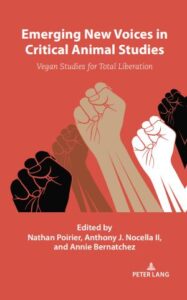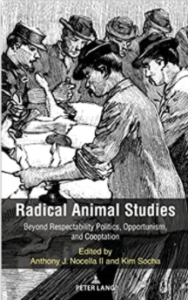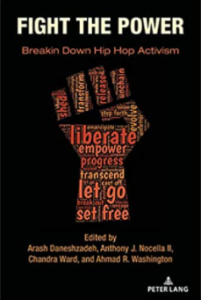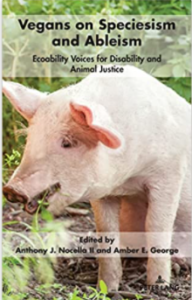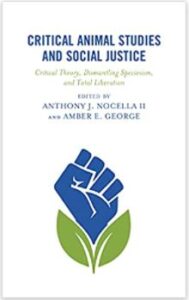Joan Harrison
Pigeon Apartheid/Homeless Apartheid
By, Joan Harrison, Activist Organizer and Writer
Abstract
The pigeon and homeless populations of New York City exist under a politically ordained discriminatory system of separatehood or Apartheid. Neither group has equal protection of the laws. The laws that pertain are not enforced; often lawlessness reigns. Pigeons are as deprived of food as the homeless are of sleep; many die of starvation in the winter. And the homeless are slowly starved amid abundance. Malnutrition is common. Stereotyping abounds, including by predatory caregivers. Both sets of outcasts are typically blamed for their own plight. Their intelligence, bravery, generosity, humor are often missed or systematically crushed. The feet and legs of each are often mutilated. Many health issues are common to both. Widely abused, depersonalized, reified, subject to harsh living conditions and recurring violence, each group has a mortality rate that is disproportionately high. If the masses here are taught redemption through sin, pigeons and the homeless bear the brunt of that sin. Yet a divine splendor shines from the eyes of both.
Pigeons are prescient. They are healers. They minister to the poor. They look out for one another and are skilled at deliberation. They abide by their own customs and laws. They have at least four modes of communication and their language system is complex. On some tests of cognition they score higher than we. The military honors them with medals for their courage in war.
Today’s behaviorist sciences are unable to account for such phenomena where the notion prevails that animals are insensate automatons—a notion, according to ecofeminist author Josephine Donovan, that is rooted in a seventeenth century scientific model that legitimizes “animals’ treatment as experimental material in laboratories, as commodities in animal husbandry and industrial agriculture, and as property under common law.” That notion, though widely discredited, is enabled by capitalism, still colors public perception of pigeons, and is easily transposed onto humans, the most vulnerable most of all. If there is need of a new popular scientific template, injustice toward animals antedates both science and capitalism.
Antiquity housed and fed pigeons in dovecotes or pigeon lofts; many European cities now do the same. Overpopulation there is handled by egg removal—here by mass extermination. The homeless, similarly, were once thought to be sacred to the gods. Beggars and strangers were protected by Zeus. Jesus was homeless. The Buddha was homeless. Francis of Assisi slept mostly out of doors. Though deprived they could flourish. Today, here, the undomiciled are regarded as non-persons. They risk premature death or forced experimentation at hospitals, slow starvation and illness if they rely on soup kitchens, and wasting or even madness from a cumulative dearth of sleep. Mind may be the locus of freedom, yet the interminable destruction of the body impinges on mind.
The city’s pigeons and homeless are like light. Through their very powerlessness they make visible New York’s social ills—its contempt for the poor, its denial of basic biological needs, its indifference to suffering, its servility before injustice, its habits of violence, its penchant for conformity, its homogenizing of thought, its linguistic prisons, its assaults on transcendence, the slave consciousness of its supposed lords.
Bio
Joan Harrison taught philosophy for twenty-two years at various colleges of the northeast and Latin for eleven at private high schools in New York City. She began writing poems at an early age and published a book of poems, a chapbook, and numerous individual poems under pen-names. An ecstatic revelation with a herd of cows in Vermont thirteen years ago turned her to vegetarianism, eventually veganism, and an ongoing letter writing campaign and other activism. Looking back, however, she realized that as early as the age of five or before there were signs that it was her destiny to be intertwined with the lives of animals.

